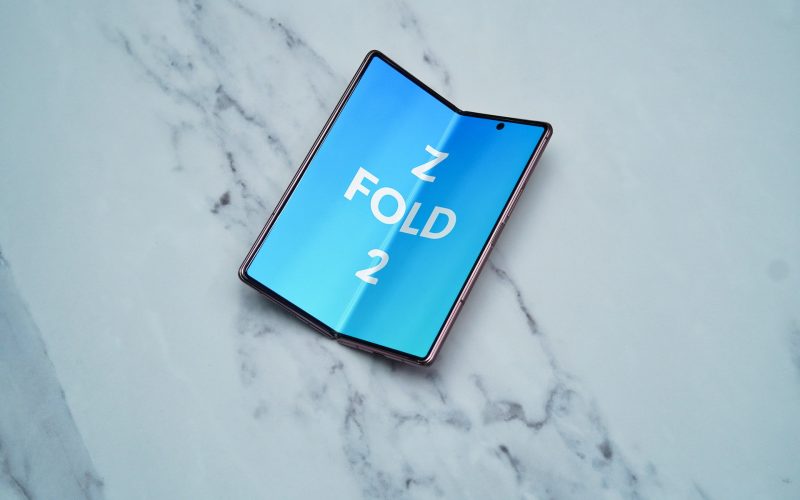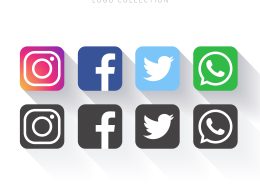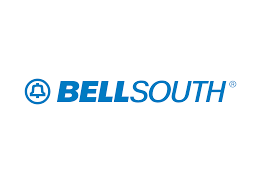Foldable smartphones have emerged as the next frontier in mobile technology, offering users a unique blend of portability and a larger display experience. Following in the footsteps of other tech giants, Google has been rumored to be working on its own foldable device, known as the Foldable Pixel Phone. In this report, we will delve into the features and implications of Google’s foray into the foldable smartphone market, uncovering what we know so far about this eagerly anticipated device.
-
The Rise of Foldable Smartphones
Foldable smartphones have gained significant traction in recent years, with tech enthusiasts and industry insiders recognizing their potential to redefine the mobile experience. By combining the compactness of a traditional smartphone with the expanded real estate of a tablet, foldable devices offer users the best of both worlds. As competition in the foldable smartphone market intensifies, Google aims to make its mark with the highly anticipated Foldable Pixel Phone.
-
Unveiling the Foldable Pixel Phone: What We Know
While Google has remained tight-lipped about the specifics of the Foldable Pixel Phone, various leaks and rumors have provided some insights into its potential features. Reports suggest that the device will feature a flexible OLED display that can seamlessly transform from a smartphone form factor to a larger tablet-like screen. This versatile design is expected to enhance multitasking capabilities and provide a more immersive viewing experience.
-
The Implications for Google and the Mobile Industry
Google’s entry into the foldable smartphone market signifies its commitment to innovation and staying at the forefront of mobile technology. By introducing the Foldable Pixel Phone, Google aims to diversify its product portfolio and compete with other tech giants in this emerging market segment. Additionally, the success of the Foldable Pixel Phone could shape the future of Android app development, encouraging developers to optimize their applications for foldable devices and take advantage of the expanded screen real estate.
-
User Experience and Design Considerations
Foldable smartphones present unique design challenges, requiring manufacturers to balance durability, usability, and aesthetics. Google’s reputation for delivering intuitive and user-friendly experiences suggests that the Foldable Pixel Phone will prioritize a seamless transition between smartphone and tablet modes. Attention to detail in terms of hinge design, software optimization, and app compatibility will be crucial in ensuring a smooth and enjoyable user experience.
-
The Foldable Ecosystem: Challenges and Opportunities
The success of foldable devices hinges not only on the quality and performance of the hardware but also on the development of a robust ecosystem. Google’s strong presence in the Android ecosystem positions it well to foster the growth of foldable applications and services. By working closely with developers and providing the necessary tools and guidelines, Google can encourage the creation of innovative apps that leverage the unique capabilities of foldable devices.
-
Competition and Market Dynamics
Google’s Foldable Pixel Phone will enter a market already populated by established players such as Samsung, Huawei, and Motorola. While competition is fierce, Google’s brand recognition, deep integration with Google services, and its loyal user base give it a competitive edge. However, challenges lie in pricing, manufacturing scalability, and addressing potential concerns surrounding the durability of foldable displays.
-
Looking Ahead: The Future of Foldable Smartphones
The introduction of the Foldable Pixel Phone signifies a significant milestone in the evolution of smartphones. As technology advances and manufacturers continue to refine the design and functionality of foldable devices, we can expect foldable smartphones to become more mainstream. Google’s entry into this market segment further validates the potential of foldable technology and sets the stage for a future where flexible displays.











